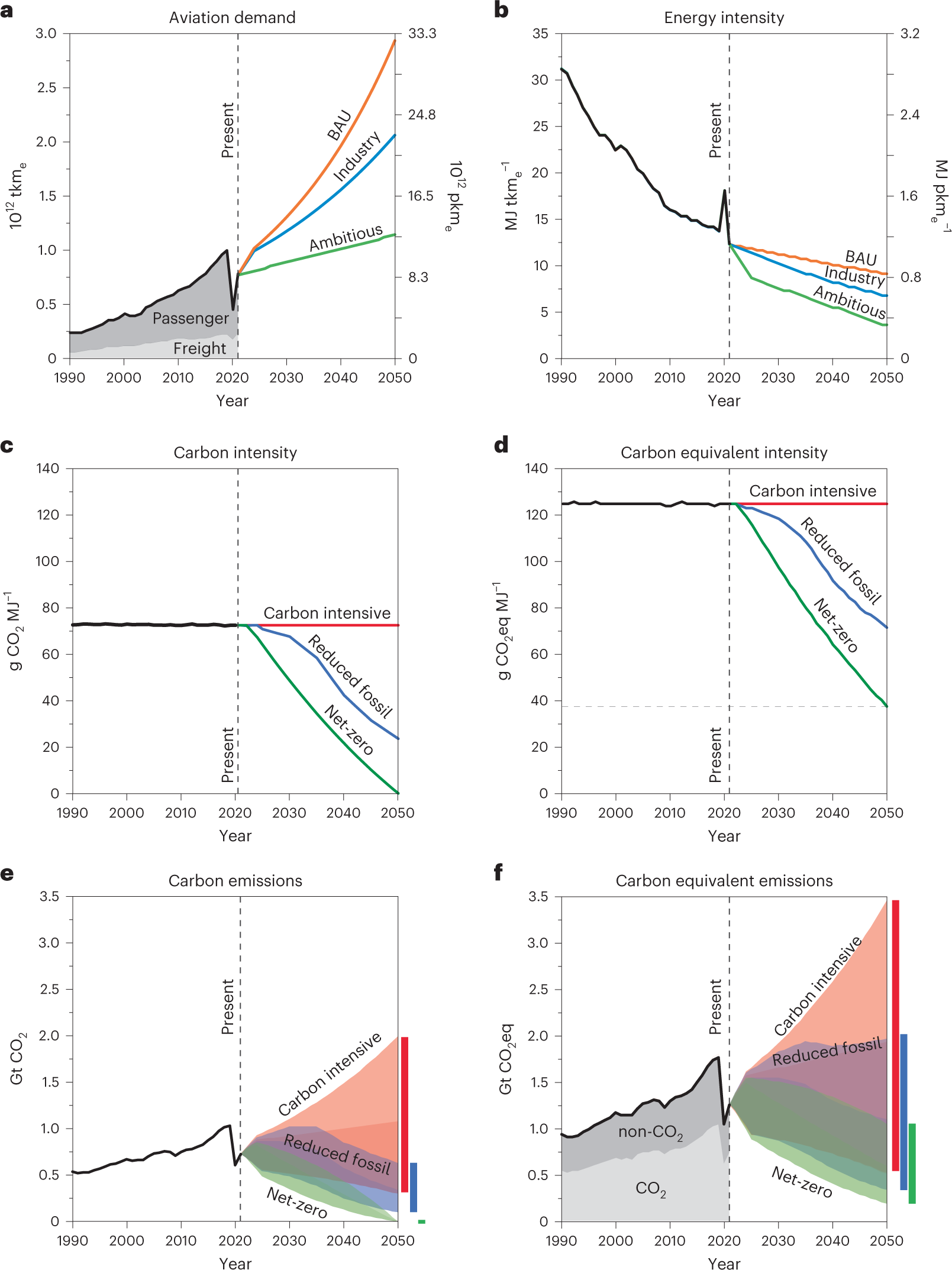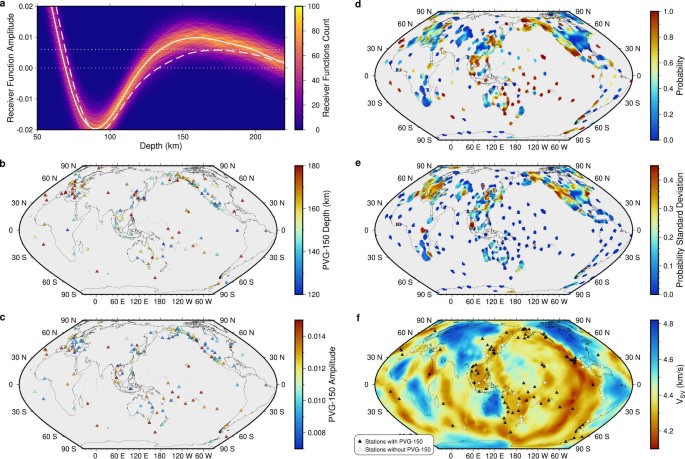新しい技術と習慣で2050年にネットゼロエミッションフライトが可能 Net-zero-emissions flying is possible by 2050 with new technologies and habits
2023-02-06 カリフォルニア大学校アーバイン校(UCI)
◆カリフォルニア大学アーバイン校の地球システム科学者は、『Nature Sustainability』に掲載された論文の中で、航空業界がより持続可能な運営を行うために必要な取り組みに注目しています。
◆研究者たちは、航空輸送による排出をすべてなくすには、持続可能な航空燃料への劇的な移行が必要であると指摘している。合成燃料やバイオ燃料を利用した化石燃料の代替燃料は、既存の航空機(中には50年近い寿命を持つものもある)や現在の燃料供給インフラで使用できる「ドロップイン」資源と考えられているため、実現可能であり業界のリーダーにとって魅力的なものである。
◆しかし、持続可能な航空燃料には、他にもコストと容量の問題がある。研究者らは、最も拡張性の高いSAFは、現在でも化石ジェット燃料の約4倍の価格であり、航空輸送分野で完全に代替すると、2019年に世界で生産されるすべてのバイオ燃料に等しい量の燃料を食い尽くすことになると述べている。
◆「持続可能な航空燃料の生産を拡大するには、新しい技術やプロセスへの大きな投資が必要となります。バイオ燃料の需要は、今後数年間で食糧需要が増加するにもかかわらず、食糧生産と土地を奪い合うことになります」と、共著者のカリフォルニア大学地球システム科学部教授Steven Davisは述べています。「しかし、私たちは、目標とする技術革新、優れた公共政策、企業の気候変動対策を通じて、私たちの社会は商業用航空のネットゼロ達成に向けて前進することができると楽観視しています”。
<関連情報>
- https://news.uci.edu/2023/02/06/uc-irvine-earth-system-scientists-plot-pathways-for-climate-conscious-air-travel/
- https://www.nature.com/articles/s41893-022-01046-9
航空機からの排出を正味ゼロにする道筋 Pathways to net-zero emissions from aviation
Candelaria Bergero,Greer Gosnell,Dolf Gielen,Seungwoo Kang,Morgan Bazilian & Steven J. Davis
Nature Sustainability Published:30 January 2023
DOI:https://doi.org/10.1038/s41893-022-01046-9

Abstract
International climate goals imply reaching net-zero global carbon dioxide (CO2) emissions by roughly mid-century (and net-zero greenhouse gas emissions by the end of the century). Among the most difficult emissions to avoid will be those from aviation given the industry’s need for energy-dense liquid fuels that lack commercially competitive substitutes and the difficult-to-abate non-CO2 radiative forcing. Here we systematically assess pathways to net-zero emissions aviation. We find that ambitious reductions in demand for air transport and improvements in the energy efficiency of aircraft might avoid up to 61% (2.8 GtCO2 equivalent (GtCO2eq)) and 27% (1.2 GtCO2eq), respectively, of projected business-as-usual aviation emissions in 2050. However, further reductions will depend on replacing fossil jet fuel with large quantities of net-zero emissions biofuels or synthetic fuels (that is, 2.5–19.8 EJ of sustainable aviation fuels)—which may be substantially more expensive. Moreover, up to 3.4 GtCO2eq may need to be removed from the atmosphere to compensate for non-CO2 forcing for the sector to achieve net-zero radiative forcing. Our results may inform investments and priorities for innovation by highlighting plausible pathways to net-zero emissions aviation, including the relative potential and trade-offs of changes in behaviour, technology, energy sources and carbon equivalent removals.



